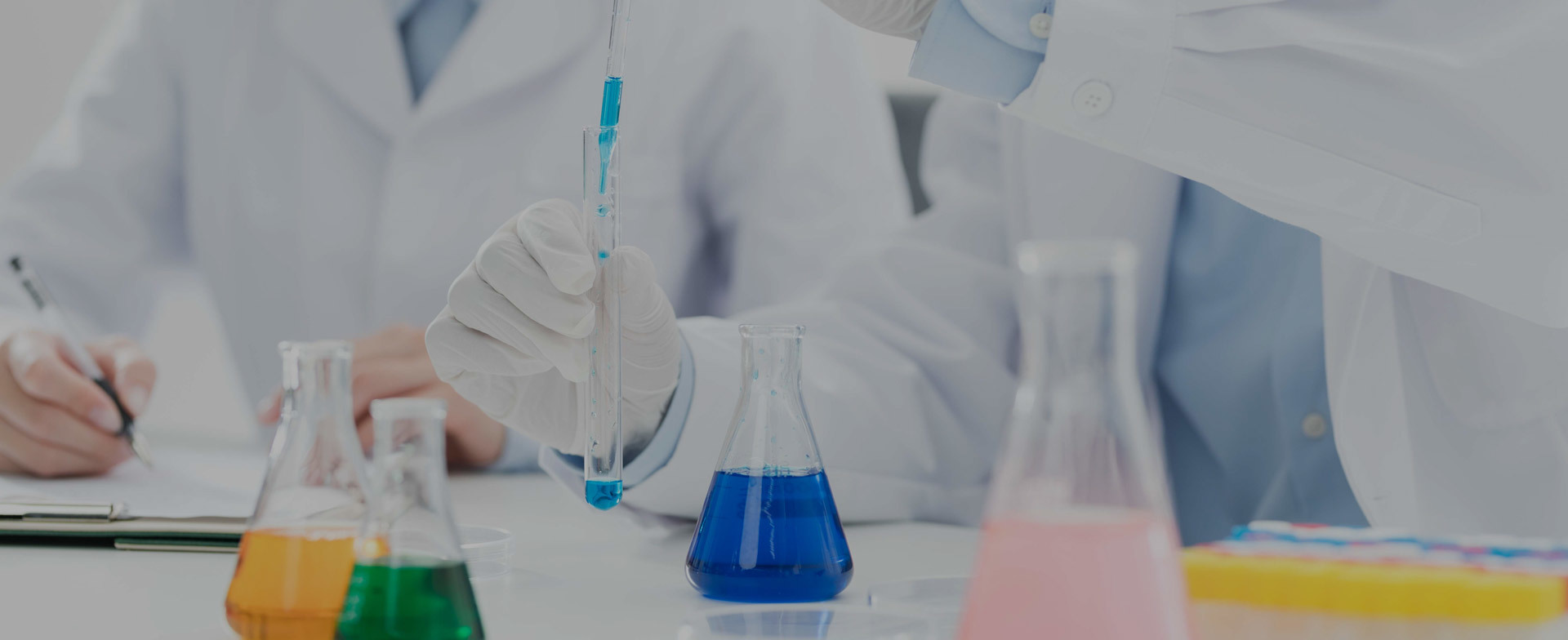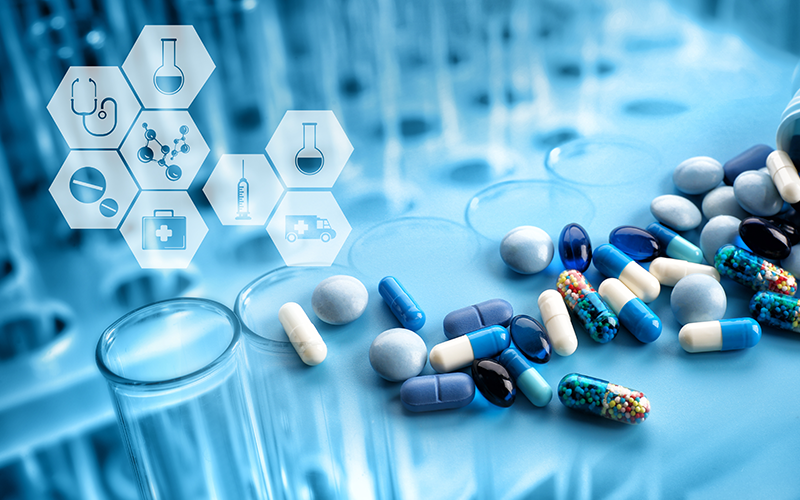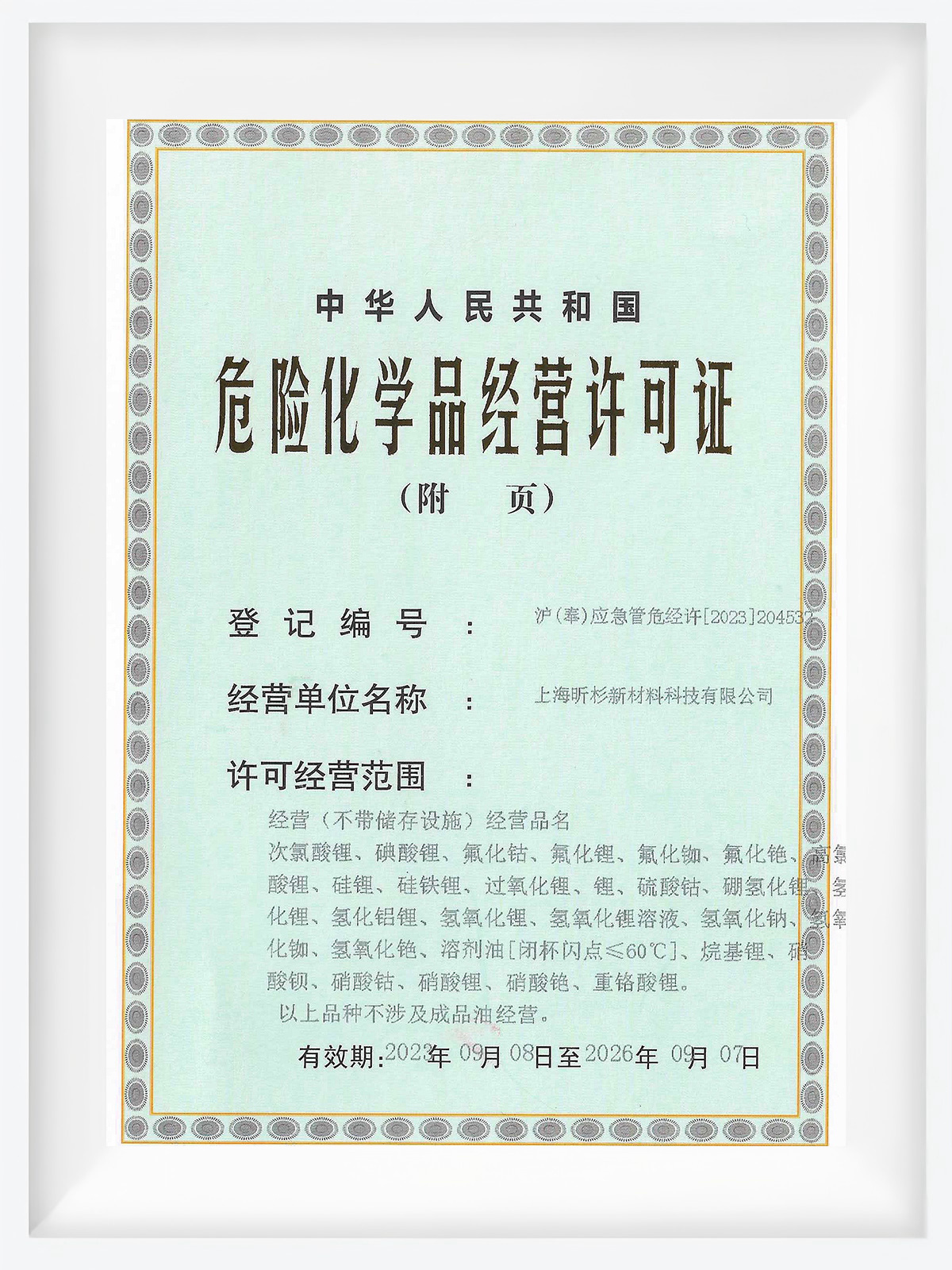
APPLICATION AREAS
Pharmaceutical catalyst
Pharmaceutical catalysts have a wide range of applications in pharmaceutical processes, mainly including the following aspects:
Organic synthesis reactions
Catalysts are widely used in various organic synthesis reactions in pharmaceutical processes, such as oxidation, reduction, carbonylation, etc. Commonly used catalysts include copper catalysts, chromium catalysts, ferric oxide, etc. for oxidation reactions; platinum, nickel, palladium, etc. for reduction reactions; copper catalysts, maleimide catalysts, etc. for hydrogenation reactions.
Dehydration reactions and hydrogenation reactions
Catalysts can improve reaction rates, selectivity and efficiency, reduce reaction temperatures and pressures in these reactions, and thus improve production efficiency.
Key role in drug synthesis
In the process of drug synthesis, catalysts are used to synthesize key intermediates, chiral compounds, cyclic ester compounds, and isomeric compounds, etc. In addition, catalysts can also control the chemical reaction process, reduce toxicity, or change drug metabolites.
Bionic synthesis and multicomponent reactions
Catalysts also have important applications in biomimetic synthesis, quasi-molecular synthesis, and multicomponent reactions, further improving the efficiency and cleanliness of the reaction.
Biocatalysis technology
Biocatalysis technology synthesizes drugs through enzyme catalysis, with the advantages of mild reaction conditions, no need for organic solvents, and full use of renewable resources. This technology has important applications in the fields of nucleic acid drugs, gene editing, stem cell technology, targeted drugs, etc.
Application prospects of pharmaceutical catalysts
As people's requirements for the quality and benefits of medicines increase, the production methods of pharmaceutical factories are becoming more and more green. The continuous birth of new catalysts and the advancement of application technologies have made the application prospects of pharmaceutical catalysts broader. In the future, biocatalysis technology will be combined with data mining, machine learning, and DNA sequence reading and writing technologies to further improve the efficiency and sustainability of catalysts.


CERTIFICATE


RELATED PRODUCTS


